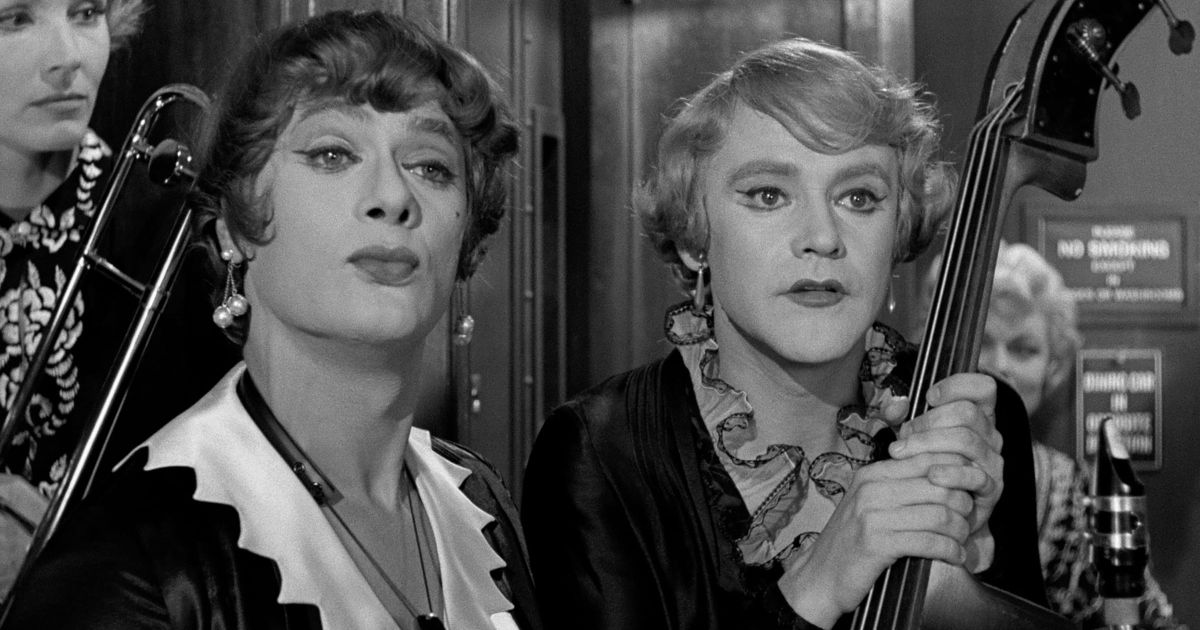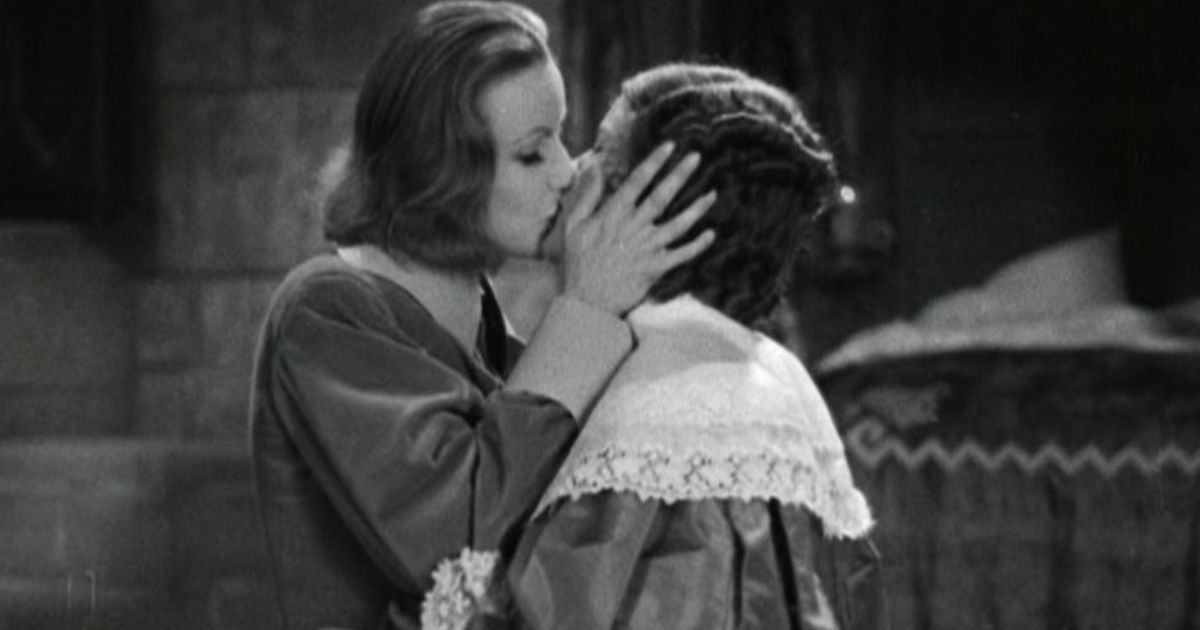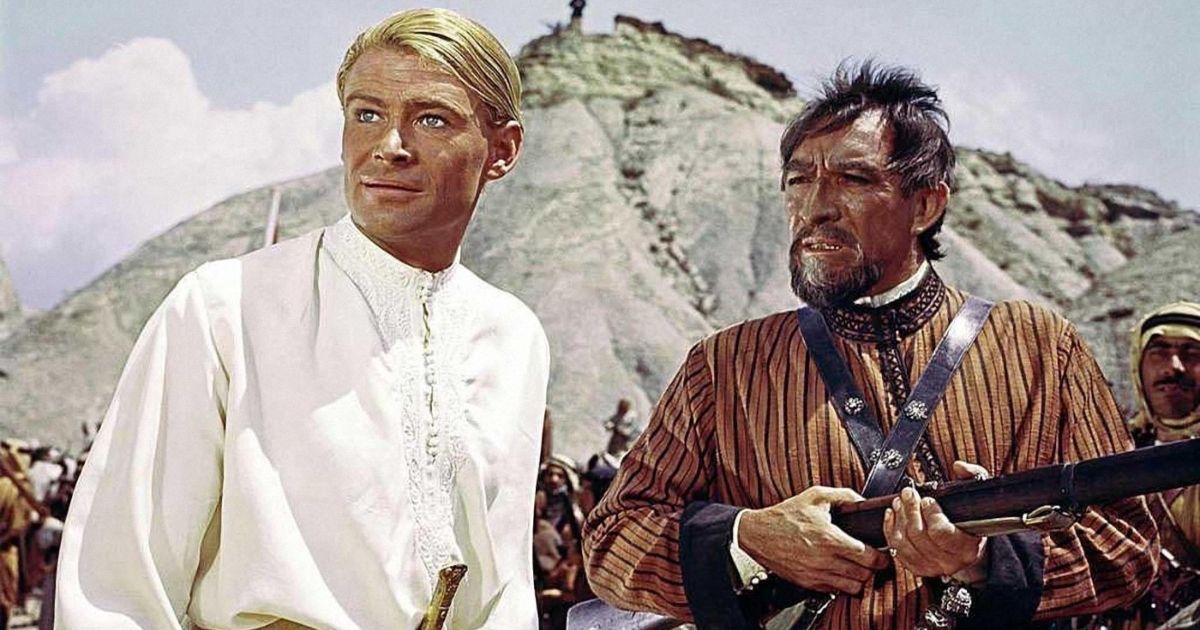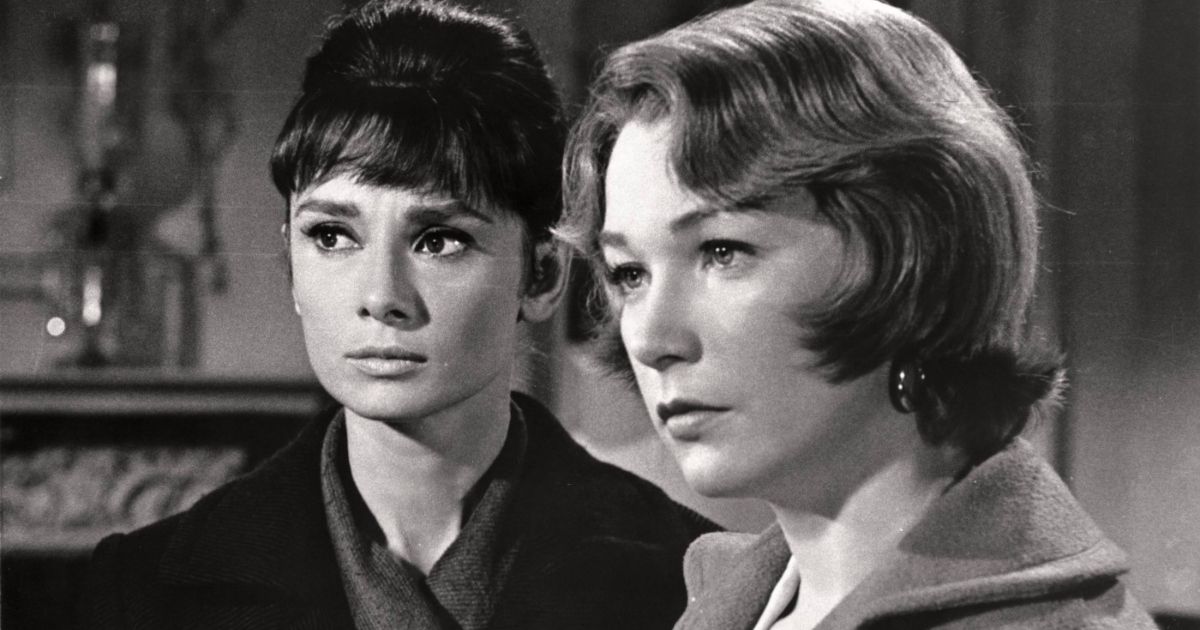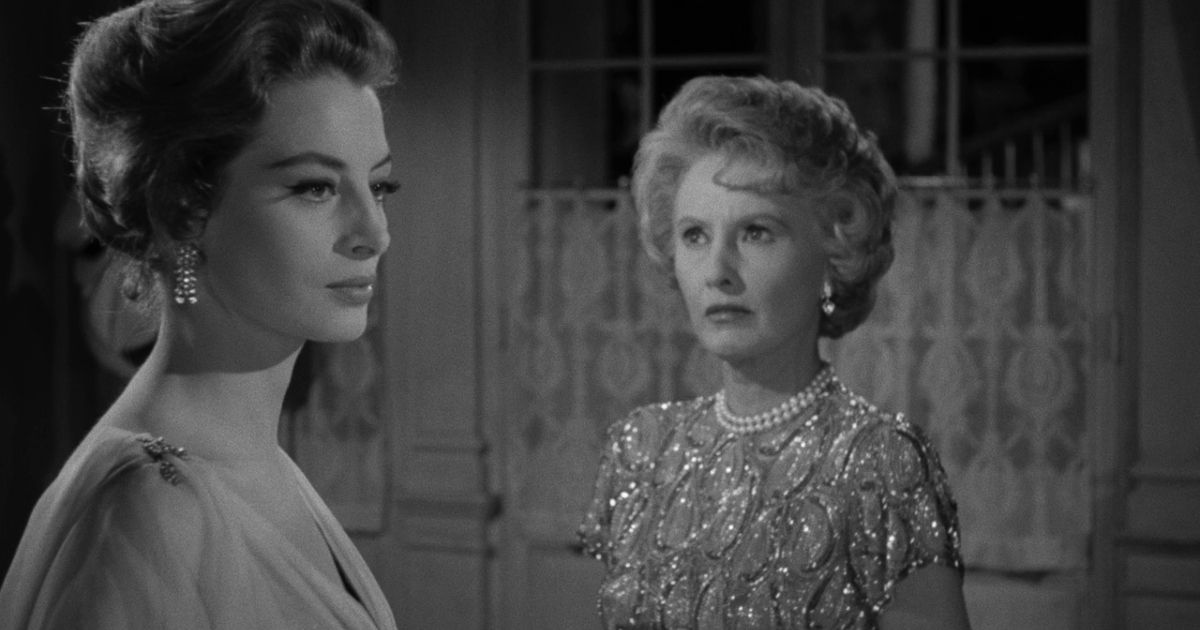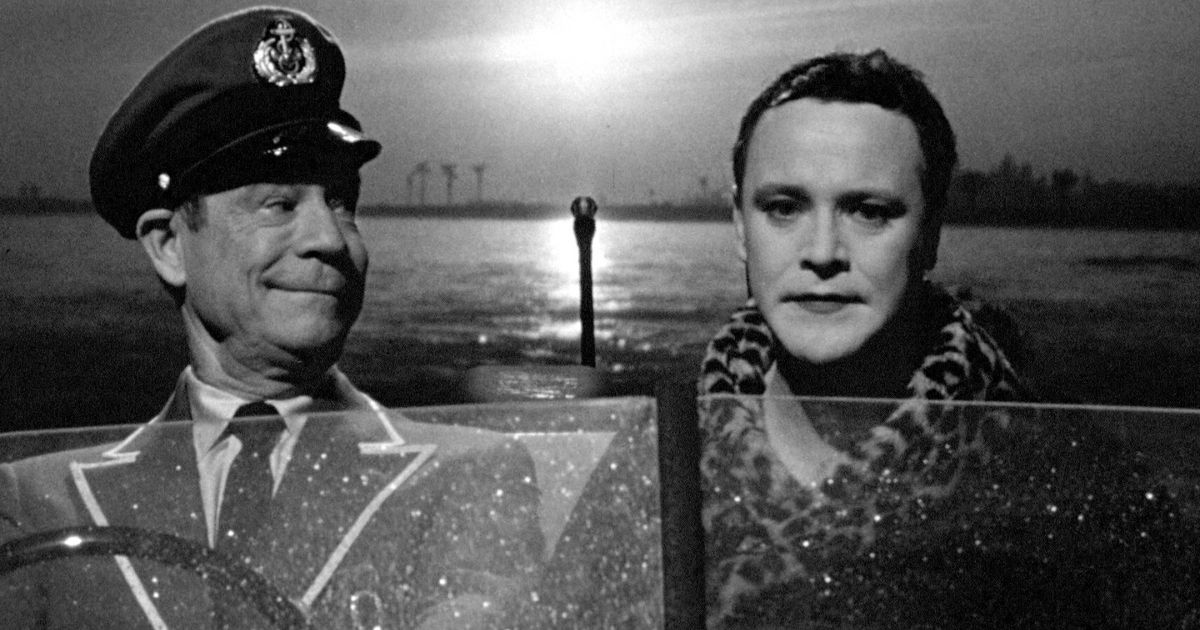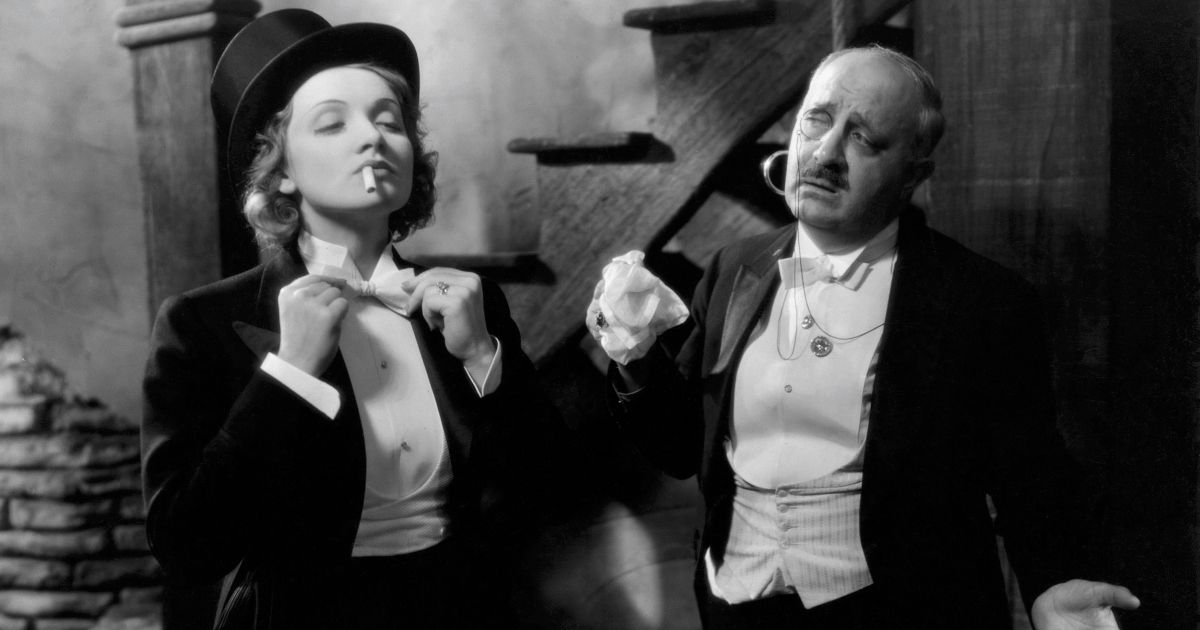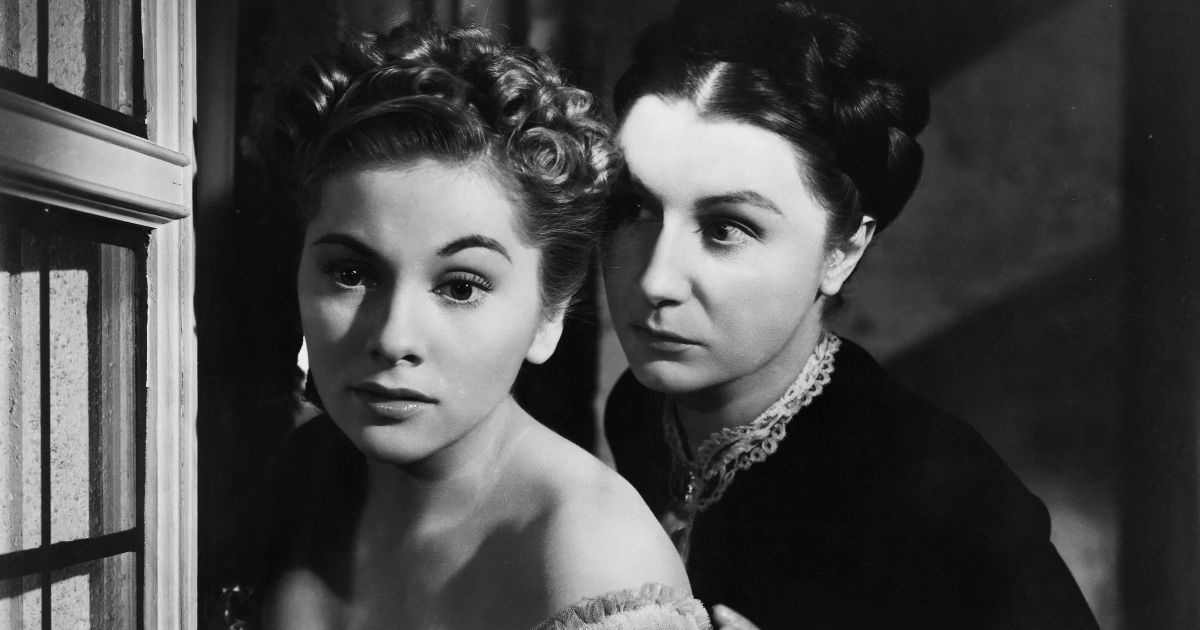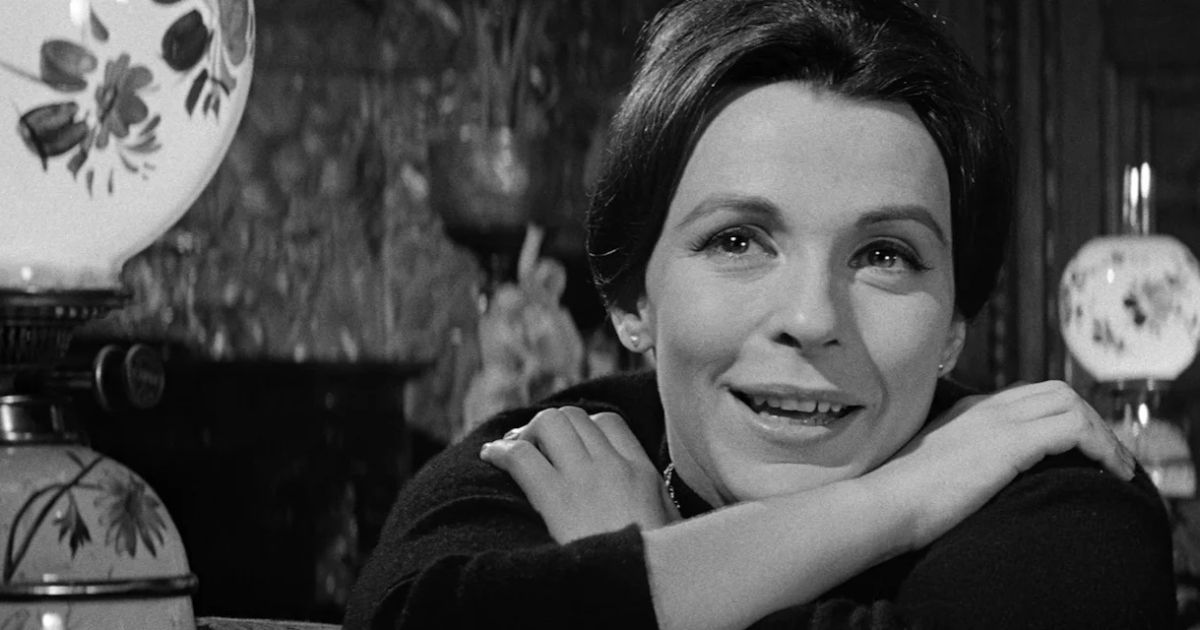The Golden Age of Hollywood brought a number of blockbuster films that would change the industry forever. From films like The Wizard of Oz to Breakfast at Tiffany's, the number of films cranked out by Hollywood studios was high, and, more impressively, the quality of said films was just as high. While this dropped off over the years, it set the bar for future films having to meet certain standards in terms of content and overall quality of form.
While LGBTQ+ representation may seem like a new concept in the media, the truth is that LGBTQ+ representation has been around for decades, albeit highly censored. For example, the character Alex in The Women was meant to be a lesbian, according to the stageplay, but the studio unfortunately changed that in the film. That being said, there are a number of LGBTQ+ characters casually spread throughout Classical Hollywood — here are eight movies from that era that feature LGBTQ+ characters.
8 Christina — Queen Christina
Based on the real-life Queen Christina of Sweden, Greta Garbo plays the actual bisexual royal in Queen Christina. While the main plot of the film revolves around Christina refusing to be forced into a marriage and running away just to end up falling in love with a Spanish envoy, Queen Christina shows a great deal of queer subtext. From Garbo wearing pants to kissing women, this old Hollywood character was a stepping stone towards LGBTQ+ representation of women in film. Many of the women's interactions, particularly the more intimate encounters, throughout the film were inspired by the American theatrical performance of Madchen in Uniform.
7 T.E. Lawrence — Lawrence of Arabia
While Lawrence of Arabia broke new ground for Hollywood as a grand epic in Technicolor, there is more to the film than meets the eye. Lawrence of Arabia is threaded with a great deal of queer subtext surrounding the nature of the relationship between T.E. Lawrence and Sheriff Ali. While the sexuality of Lawrence has remained ambiguous over the years, director David Lean admitted to giving Peter O'Toole instruction to play the character as a gay man. This may come as a surprise to some older audiences, but this just goes to show that the LGBTQ+ community has always been striving for more representation, no matter how subtle their presence may be.
6 Martha — The Children's Hour
In The Children's Hour, a young student accuses two teachers of being in a lesbian relationship at an all-girls school. Starring Audrey Hepburn and Shirley MacLaine, The Children's Hour is a true testament to past discrimination of the LGBTQ+ community as the ladies' friendship becomes strained and their enrollment at the school declines because of the rumors. Despite all this, MacLaine's character Martha is forced to face her feelings for Hepburn's character Karen, knowing that those feelings may get them in even more trouble. This classic film shows both sides of the story in a more uncensored light than previously allowed on-screen.
5 Jo — Walk on the Wild Side
Walk on the Wild Side revolves around a Texan Dove Linkhorn (Laurence Harvey) and his tag-a-long Kitty (played by Jane Fonda) who find Dove's long-lost love Hallie working in a brothel in New Orleans. When Dove tries to get Hallie (Capucine) away from the brothel, the bordello's aggressive Madam Jo (Barbara Stanwyck) is not ready to let Hallie go. Jo's attachment to Hallie may seem simply to be an employer not wishing to lose one of their best, but it runs much deeper than that. Jo may actually be in love with Hallie and while this is never explicitly revealed, the subtext offers us a great deal to understand about Jo's feelings for Hallie.
4 Jerry — Some Like It Hot
While trying to escape the mafia, Jerry and Joe disguise themselves as women to join an all-women band. Some Like It Hot was one of the first films to show men dressing up as women to evade capture. While the film also stars Marilyn Monroe alongside Tony Curtis and Jack Lemmon, the film opened the eyes of audience members everywhere considering that both men perform in drag without any shame whatsoever. Jerry is hilariously pursued by a millionaire who truly believes that he is a woman. Lemmon's phenomenal performance as a man masquerading as a woman even earned him an Oscar nomination.
3 Amy Jolly — Morocco
Morocco is a classic starring Marlene Dietrich as Amy Jolly, clad in a tuxedo, which is traditionally worn by men. Throughout the film, Amy can be seen courting both men and women, giving audiences a quick glimpse into the world of bisexuality. On top of this, Amy wears pants throughout most of the film, an unusual occurrence at the time of the film's release. Morocco solidified Dietrich as a star in Hollywood with a great deal of emphasis on her insistence on wearing pants as well as her habit of bending the socially constructed concepts of gender in every role she takes.
2 Mrs. Danvers — Rebecca
Rebecca is an Alfred Hitchcock classic revolving around the story of the new Mrs. De Winter, who must try to live up to the past mistress Rebecca's standards. While Mrs. De Winter has a hard enough time managing her husband's secrets, she must also deal with the disapproving Mrs. Danvers, former servant of Rebecca who refuses to accept a new mistress. In this psychological thriller, Mrs. Danvers forces the new Mrs. De Winter to live like her past mistress, conjuring up memories to keep Rebecca alive. Mrs. Danvers' obsession with turning the new Mrs. De Winter into Rebecca shows the nature of her relationship with Rebecca, which obviously went much deeper than mere friendship.
1 Theodora — The Haunting
The Haunting tells the story of an anthropologist Dr. John Markway who takes two psychically special women to a supposedly haunted mansion called "Hill House." The eccentric Eleanor and the ESP-holding Theodora are immediately overwhelmed by the strange things that happen in the mansion. The character of Theodora is a more obvious representation of the LGBTQ+ community as her relationship with Eleanor becomes much closer than it needs to be. There are even implications that Theodora may have a girlfriend back home. On top of this, Theodora is not looked down upon as a lowly spinster when she admits to being unmarried, but she is instead viewed as a capable woman who can take care of herself.

